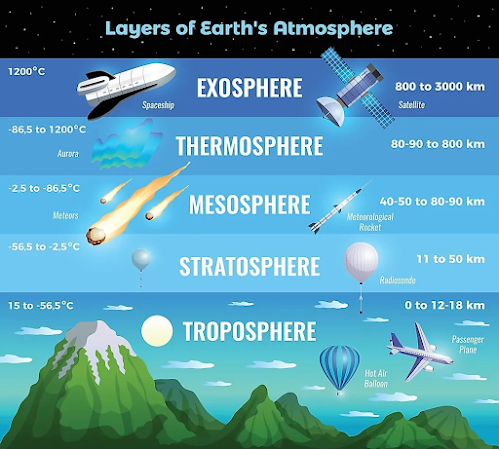Western and Eastern Ghats of India
The Western and Eastern Ghats of India are a series of mountain ranges that are present along the western and eastern coasts of India, respectively. The Western Ghats are way older than the Eastern Ghats of India. The mountain ranges in the Western Ghats are continuous. The mountain ranges in the Eastern Ghats are discontinuous due to the erosion caused by rivers flowing between them. Western Ghats Of India The Western Ghats of India, also known as the Sahyadri Hills , is a range of mountains that runs parallel to the western coast of the Indian Peninsular region. The Western Ghats stretch for about 1600 km from the Tapi River in the north to Kanyakumari in the south, and their width varies from 50 to 80 km. The entire stretch of Western Ghats is interrupted majorly by the Palghat Gap, a low mountain pass between Coimbatore in Tamil Nadu and Palakkad in Kerala. The other major gap in the Western Ghats is the Goa Gap, which runs between the Maharashtra and Karnat...
